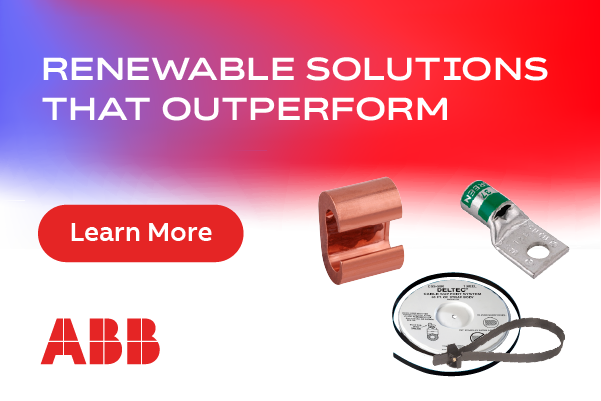More Strings & Higher Voltage: How solar inverters deliver value
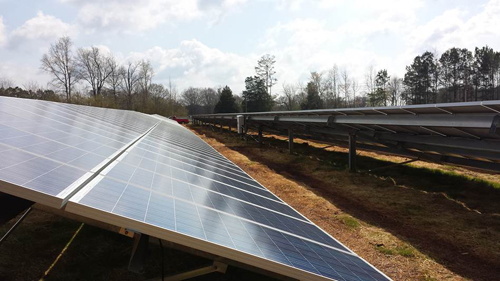 As the primary point of interconnection between the generation and distribution sides of a photovoltaic (PV) system, an inverter must meet the demands of equipment manufacturers, project developers, utilities, and regulators.
As the primary point of interconnection between the generation and distribution sides of a photovoltaic (PV) system, an inverter must meet the demands of equipment manufacturers, project developers, utilities, and regulators.
Inverter selection, therefore, touches upon many aspects of solar project development, and upgrading inverter capabilities vastly improves the overall effectiveness of installations. Because it maintains such a pivotal role, it’s worth examining some of the design and deployment trends, which hold the potential to significantly increase the value that an inverter delivers to any PV project.
The rise of string inverters
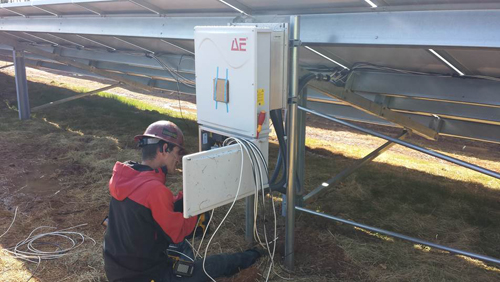 Traditionally, PV project design in the North American market has followed a simple rule: low-capacity projects (such as residential rooftop and small-scale commercial deployments) call for small, distributed string inverters; whereas, higher capacity projects (such as large, commercial deployments and utility-scale PV farms) utilize a single, large central inverter.
Traditionally, PV project design in the North American market has followed a simple rule: low-capacity projects (such as residential rooftop and small-scale commercial deployments) call for small, distributed string inverters; whereas, higher capacity projects (such as large, commercial deployments and utility-scale PV farms) utilize a single, large central inverter.
This philosophy is now changing as more developers follow the trend set in the European market, which makes use of string inverters in installations of all sizes. This shift in the United States is partially a result of updates in the National Electric Code (NEC), as well as other related codes and standards.
Article 690.11 covers the requirements for the arc-fault circuit interrupter (AFCI). In the 2011 version of the code, an AFCI was only required for PV systems that are on or are penetrating a building. However, the latest 2014 version requires it on all systems—including ground-mount installations.
The use of string inverters allows for implementation of ACFI within the inverter itself, making it easier for equipment manufacturers to ensure compatibility. With central inverter systems, the AFCI needs to be placed in external equipment, such as combiner boxes.
Article 690.12, a new addition in the 2014 NEC, defines the requirement for rapid shutdown of PV systems that are on buildings. Specifically, it requires array conductors be limited to 30 volts of direct current (VDC) and 240 watts (W) within 10 seconds. However, this is only applicable for conductors that are more than five feet in length inside a building, or more than 10 feet from a PV array. Again, utilizing string inverters—which results in decreased conductor length—helps integrators comply with this requirement.
Large-scale benefits
In large commercial and utility-scale installations, employing a single central inverter means taking an entire facility offline, should the need for preventive maintenance or other operational disruptions arise. But by opting for string inverters, large facilities can continue to deliver power, while satisfying the need for such a shutdown.
In addition to compliance with new industry requirements, site developers and managers are seeing other benefits derived from making use of string inverters in large-scale PV projects. String inverters can be mounted on module racks or other existing structures, for example, and don’t require a concrete foundation—unlike the much heavier central inverters. Moreover, for PV arrays built on landfills, which are common sites for commercial and utility-scale projects in many states, the use of a central inverter can create challenges because the less stable ground can’t sufficiently support the weight of the unit. By relying on a series of lighter string inverters, the cost of a concrete foundation is completely eliminated.
The modular design of string inverters also makes for simpler installation and replacement. In this respect, the use of string inverters underscores why they’re now used to comply with new NEC standards: a more distributed inverter array leads to less disruption when system maintenance is performed. The advantage of this type of inverter is immediately evident in the form of lower overhead during construction, reduced balance-of-system costs, and greater uptime.
Greater voltage capacity
The second market trend currently underway is the movement toward increased DC voltage. Though 600 V and 1000 V models are widely available, the industry standard has gradually moved toward the latter. Increasing capacity to 1000 V allows for more modules in each string series. Where a 600 V inverter can only accommodate 12 common 72-cell modules in series, the 1000 V allows for 20 modules of the same type. The end result is fewer fuses, disconnects, and combiner boxes, leading to a reduction of up to 40% in balance-of-system (BoS) costs on the DC side.
Additionally, 1000 V-rated wire carries more power, while reducing conductive losses and providing more efficient output when compared to 600 V-rated wire.
Another prominent trend is increasing the DC-AC ratio of inverter systems. The DC-AC ratio is an essential component in determining how high a PV system output can reach outside of peak generation times each day. Previously, the common standard was around 100% to 120%, meaning that a system could only operate at nameplate capacity for a small portion of the day. With the adoption of a higher DC-AC ratio in current models closer to 150%, the amount of time a system produces its optimal output is significantly extended.
The move to 1000 V is an ongoing process that delivers significant improvements in PV system cost and function, but the industry standard continues to progress from there. Inverter manufacturers are already looking at designs and topologies that allow for even higher voltages.
One solution already on the market today is a 1000 V bipolar inverter concept, which allows system cost savings in the range similar to a monopolar 2000 V inverter. As solar becomes an increasingly important resource for the North American energy market, inverter manufacturers will continue to adapt their offerings to meet and improve industry standards, so as to deliver the greatest possible value to project developers, utilities, and consumers.
Verena Arps is senior manager of field applications engineering at Advanced Energy. She will be discussing these trends and other inverter market developments at a session at the PV America Expo, called: “Inverters: Implementing New Capabilities while Improving Reliability.” The Expo takes place in Boston from June 23rd to 25th (www.pvamericaexpo.com).
Advanced Energy
www.advanced-energy.com
Author: Verena Arps
Volume: May/June 2014








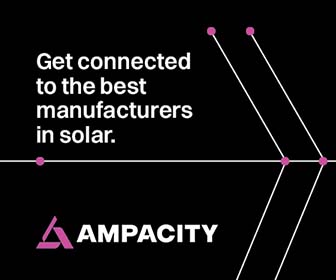
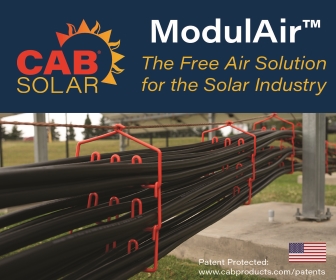
.png?r=9287)

